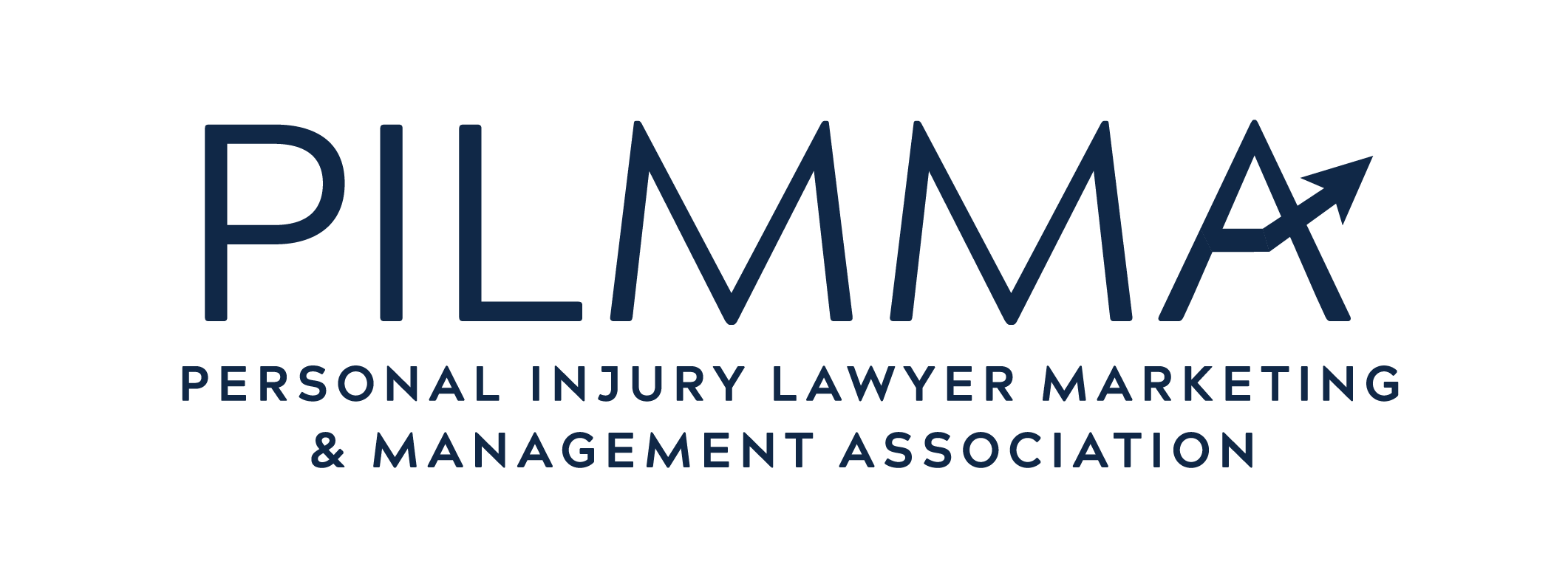Knowing how the big spenders in your market are handling their media buying can help you make smart spending decisions. At Consumer Attorney Marketing Group, our media team performs extensive research of the media landscape in order to drive more call volume and cases to our law firm clients. At the end of the day, isn’t that the goal of your marketing?
Get a Feel for Your Competitor’s Media Strategy
Let’s look at scenarios that often come up with law firms. You’re considering expanding into a new market. Maybe your office focuses on Personal Injury and you’re thinking of starting a Nursing Home Elder Abuse campaign. Perhaps you want to do a checkup on your current strategies vs. what your competitors are doing.
In each of these scenarios, you’ll want to look at overall legal service spending in the market. (You may be able to target this down to a specific practice area with enough tracked data.) You will want to look at:
- Who are the top spenders in your market or expanding market?
- Where are these competitors advertising? (TV, radio, outdoor, which channels or stations?)
- What audiences are your competitors targeting?
- When are your competitors running their spots?
- What are the primary lengths of their ads or spots?
You can also match your current spending against the competitor’s spending. What share of exposure is your firm getting compared to your competitors? When it comes two purchasing media for your legal advertising campaign, how does your media mix compare to the competition?
Going Head-t o-Head vs. the Blue Ocean Strategy
There are several approaches to using what you learn from examining your competitors’ media purchasing media for your legal advertising campaign. You can:
- Go Head to Head with the Competition: You decide to go head-to-head and promote in the same geographic area, media, or channels. You’re going to need to market with greater efficiency in order to go up against big spenders with larger budgets. You can analyze the information you gather from a competitor’s media buying approach to determine your approach.
- Use the Blue Ocean Strategy: You decide to use the Blue Ocean Strategy, to find holes in the competitor’s strategy or unexplored market areas. For example, your competitor may be spending only on ABC and NBC, so you explore running on CBS. Your competitor may be running only on broadcast, leaving cable wide open. You may also look at the type of media your competitor is using. Is your competitor running on digital? Perhaps your competitor is missing a geographic area where you enter for an edge.
- Use a Hybrid Approach: At CAMG, after a careful analysis of your goals, media strategy, and budget, we may recommend combining the two approaches. For example, we might include daytime spots that have proven to be successful for other firms in your practice area, based on our historical data. We might also consider media opportunities not being used by your competitors. While your campaign is running, we would continuously track responses and optimize media based on the results.
How to Get the Intel on Your Competitor
You can see the value of being aware of the competitor’s media strategy. Two tools you can use to gather this information are Nielsen and Scarborough. Nielsen provides information about what people watch, listen to and buy; Scarborough provides local media, lifestyle and demographic information of American consumers.
You can use these reports to look at the weekly and monthly average spend for the top spending firms in your market, as well as the top stations and percentage of overall spending. You can also look at the most prevalent dayparts and percentage of spending.
Spending numbers should be used as a guide rather than an absolute. The numbers are an estimate that can help you understand the relative spending levels, as well as the media approaches your competitors are using.
Purchasing media for your legal advertising campaign: the bottom line
Staying aware of your competitor’s media strategy is beneficial to helping you make your mark in a competitive landscape. This strategy helps whether you are running an ongoing campaign or are scoping out a new geographic market or practice area.
Knowing your competition and fine-tuning your strategy based on results allow you to continuously optimize your media to deliver the strongest performing stations, dayparts, and programs. This approach will bring you a roadmap to success and boost your overall call and lead volume week after week.
If you’re like most attorneys, you’re busy taking care of your clients and running your firm. You don’t have the time to constantly track all this data. The team at Consumer Attorney Marketing Group constantly tracks and analyzes data. We’d love to talk with you about how we can help you navigate the competitive legal landscape so that you can run successful campaigns.
About the author

In addition, CAMG’s six service divisions allow law firms to vertically integrate all marketing needs with just one partner, complementing marketing with phone management, call center services, contract processing, medical record services, and data publishing.
CAMG strives to be at the cutting-edge of legal marketing with innovations such as the monthly Legal Marketing Index®, CAMG’s exclusive legal infomercial format, and the nation’s first call center dedicated to intake of sex abuse cases.

